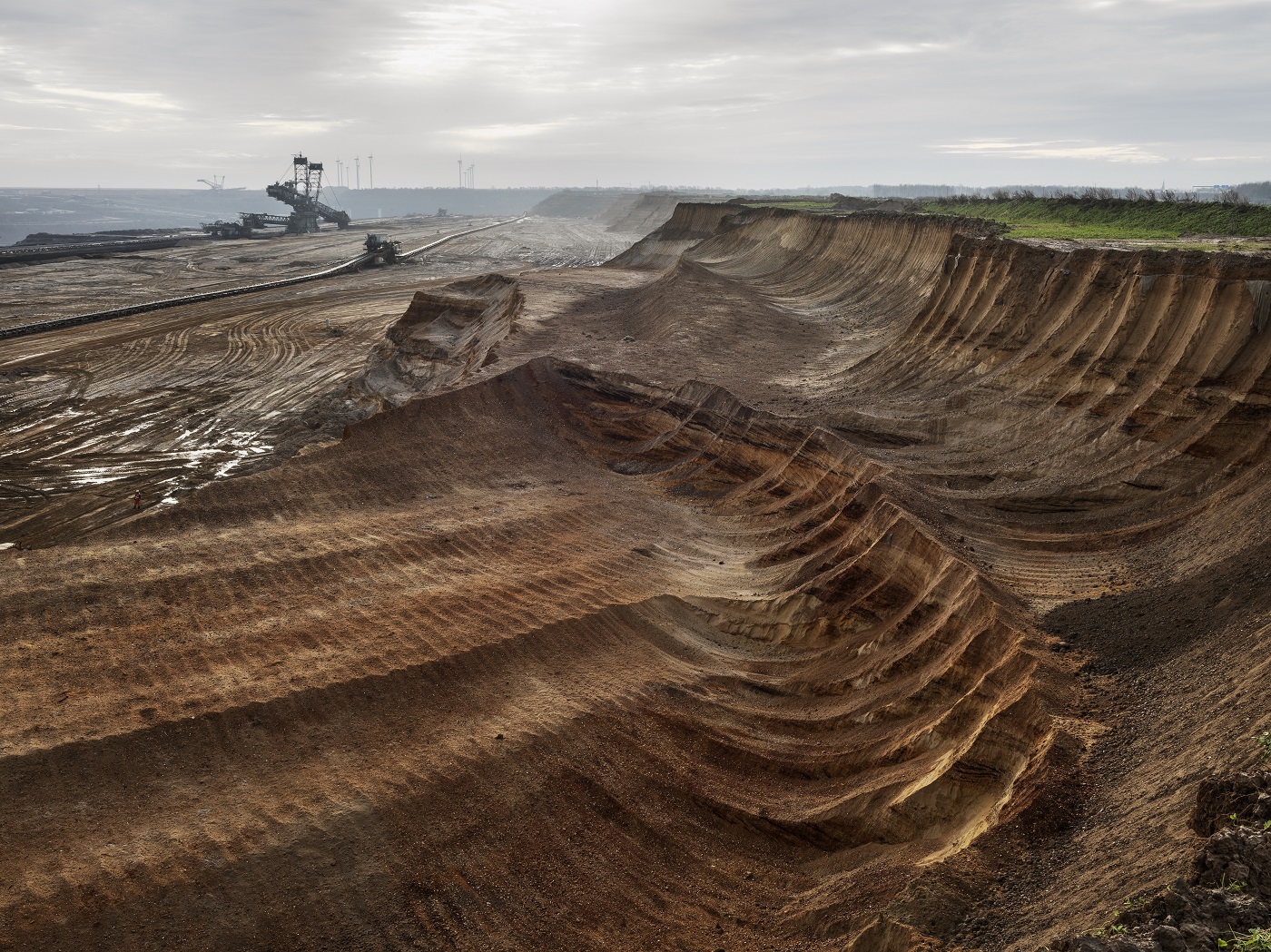An iconographic and text archive related to communication, technology and art.
War, overpopulation and climate change are likely to be drivers of nostalgia as a serious form of psychoterratic illness in the twenty-first century. […] While dispossession and forced separation from home are potential triggers for environmentally induced distress, what about similar distress in people who are not displaced? People who are still in their home environs can also experience place-based distress in the face of the lived experience of profound environmental change. The people of concern are still ‘at home’, but experience a ‘homesickness’ similar to that caused by nostalgia. What these people lack is solace or comfort derived from their present relationship to ‘home’, and so, a new form of psychoterratic illness needs to be defined. […] The word ‘solace’ relates to both psychological and physical contexts. One meaning refers to the confort one is given in difficult times (consolation), while another refers to that which gives confort or strenght to a person. […] Therefore, solastalgia refers to the pain or distress caused by the loss of, or inability to derive, solace connected to the negatively perceived state of one’s home environment. Solastalgia exists when there is the lived experience of the physical desolation of home.
☛ “Solastagia: the distress caused by environmental change” by Glenn Albrecht et al., in Australian Psychiatry, vol. 15, no 1, 2007, pp. 95-98.
This entry was updated on March 14, 2021 to update links and to add an image.
-
Khanna, Sanjay (2008). “What Does Climate Change Do To Our Heads” [cached version]
-
Albrecht, Glenn (2007). “Solastalgia: A new psychoterratic illness”
-
Thompson, Clive (2007). “How the Next Victim of Climate Change Will Be Our Minds”, Wired, vol. 16, no. 1, December 20.

- By Philippe Theophanidis
- on
- ― Published in Communication, Technology
- Tagged: anthropocene, desolation, disaster, ecology, environnment, experience, home, loss, nostalgia, solace, solastalgia
